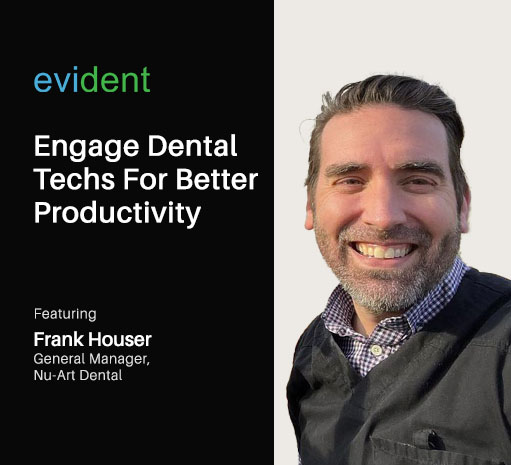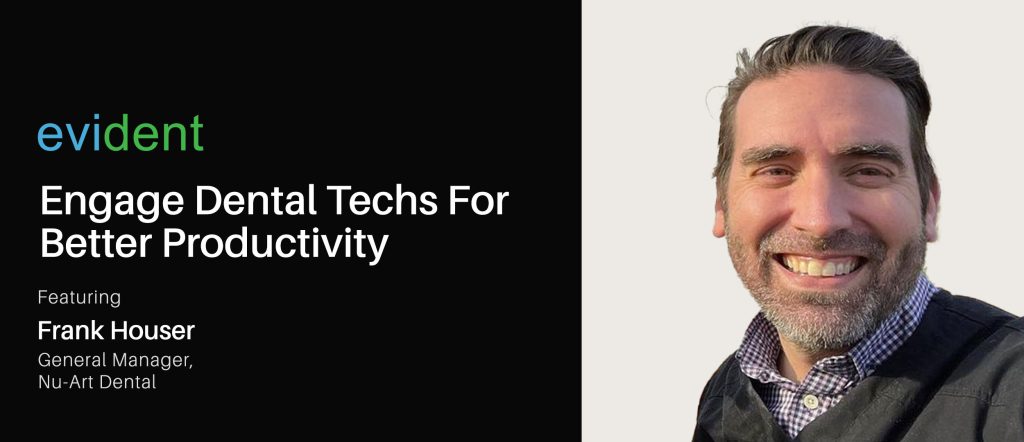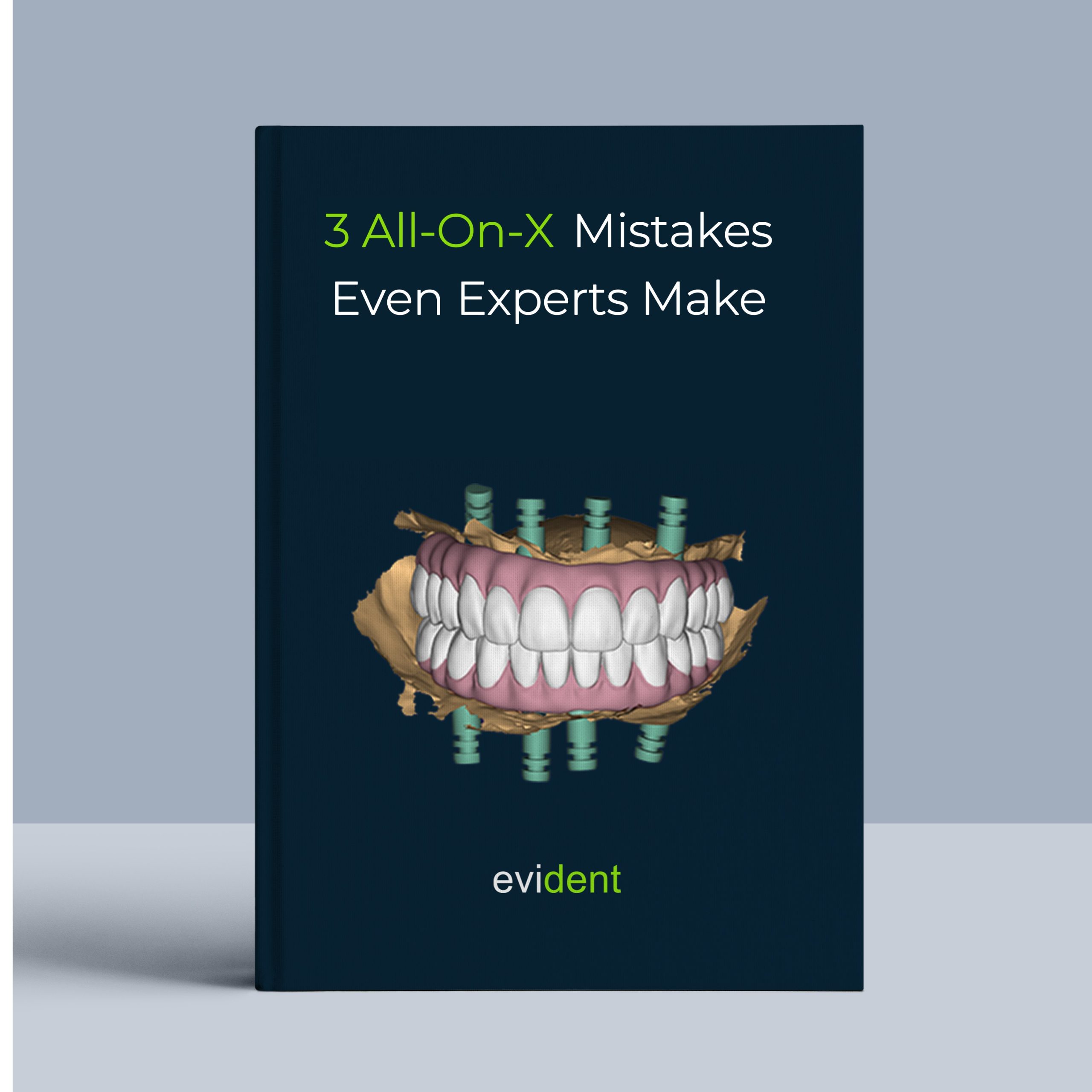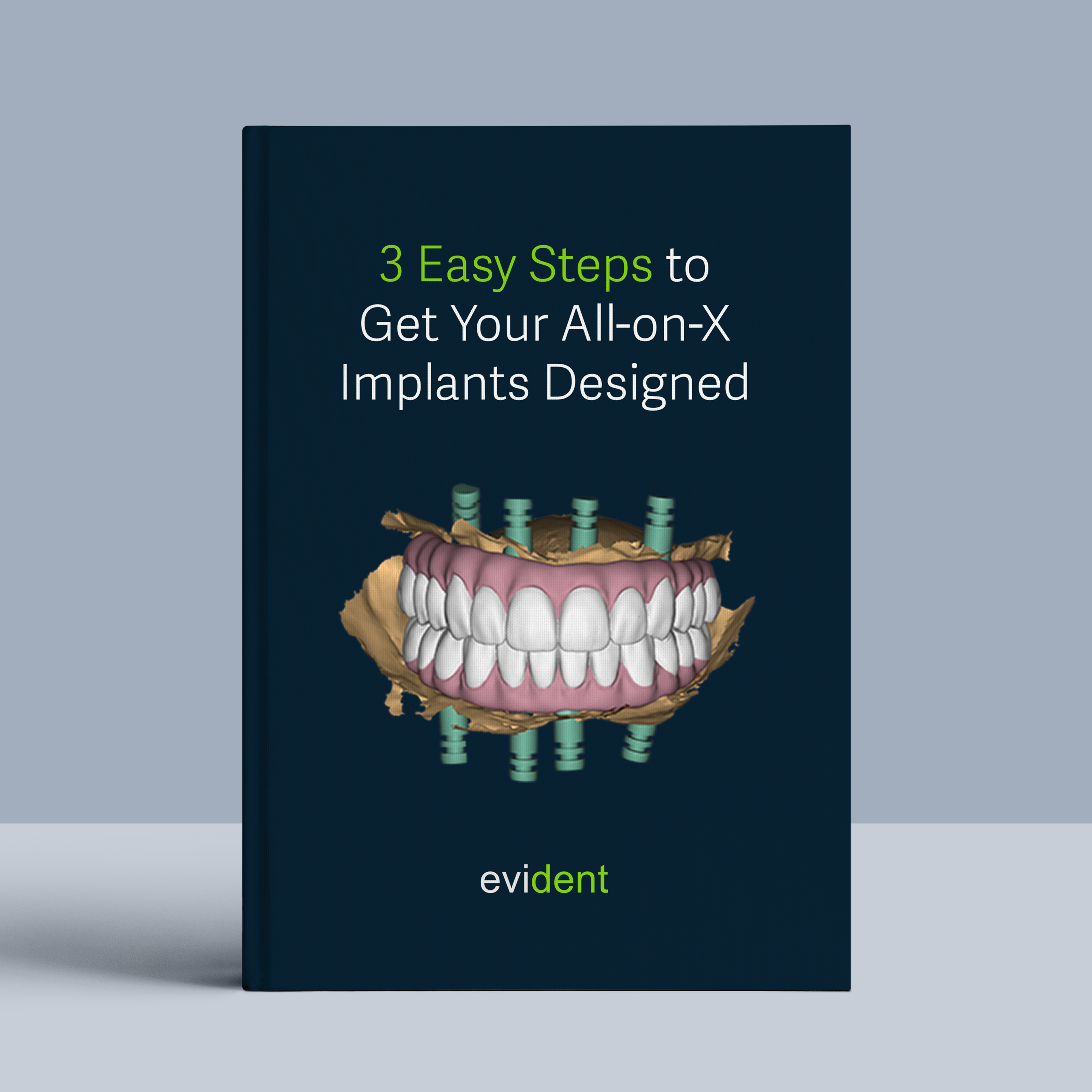

Employee engagement is one of the best ways to foster innovation and boost morale within the company. That same principle goes double for the dental lab business.
Dental techs are some of the most artistic and detail-oriented workers out there. So, it’s crucial that labs engage with their techs to grow as a business. Engaging with techs also invites a fun, challenging lab environment that gives techs purpose at work.
When it comes to dental tech engagement, we turn to Nu-Art Dental for their input.
Who Is Nu-Art?
Nu-Art started in 1977. They started as a removable laboratory, but they grew into a full-service lab. It prides itself as a lab that blends digital and analog methods to provide the best quality service.
Frank Houser is the General Manager of Nu-Art Dental. We held an interview with Frank to discuss how he scaled his lab and developed more sustainable practices that make Nu-Art a more competitive lab in the industry. His secret — employee engagement.
Engage Dental Technicians by Integrating a Digital Workflow
Nu-Art is continuously trying to achieve a fully digital workflow. Frank mentions that wherever a digital process can be implemented, they try their best to do so.
But what does a digital workflow entail?
A fully digital workflow has various benefits for labs.
- Easier to Learn and Master. This makes it easier for new techs to be productive and efficient.
- Less Resupply Costs. A digital workflow uses up less material since it doesn’t require a stone model or a diagnostic wax-up.
- Creates Prostheses Much Faster. The digital workflow allows techs to create crowns, bridges, and other components up to — as some labs have reported — 20 times faster than traditional handmade methods.
A fully digital workflow should allow Nu-Art to maintain more cost-efficient operations. It also helps address the labor shortage in the dental lab industry by making processes much easier and more intuitive, thereby making better use of new hires.
Engage Dental Technicians through Knowledge Sharing
Labs wouldn’t want a situation where only one person knows how to do an entire department’s extensive list of tasks. So, Frank prioritizes collaboration and communication within Nu-Art
Nu-Art assigns leads to each team. They don’t assign team leads based on technical expertise or seniority but rather on an individual’s ability to communicate.
This aims to foster communication and, hence, collaboration between team members.
In addition, Nu-Art aims to always pair newer people with mentors. Nu-Art has a bunch of tenured employees in its workforce. So, Frank maximizes these experienced employees by having them train and oversee newer staff.
Frank and other managers then check up with the mentor and inquire how the new hires are doing. This allows Nu-Art to gather data on how the new hire develops over time.
Frank elaborates, saying that written SOP guides would have to be updated every six months, given the speedy rate of technological advancement. Nu-Art sees the mentorship route as more engaging for new hires and less of a hassle for managers.
Interdepartmental Knowledge Sharing
Every department works together to bring out an exceptional case. Hence, Frank values interdepartmental knowledge sharing. He calls it “Cross-pollination.” This knowledge-sharing aims to optimize the entire lab’s workflow and bring out the best dental prosthesis.
Frank mentions that the more tenured dental techs at Nu-Art, those who have been around for 20 years, 30 years, tend to favor more traditional fabrication methods. So, newer techs — those who are more adaptable to digital dentistry — get insight from experienced techs. As a result, Nu-Art can blend the speed and efficiency of digital methods with the artistic freedom that analog methods have.
Frank also states how unhealthy it is for the lab to have each team only focused on their specific functions. Frank wants to prevent that tunnel vision.
A designer who designs prosthetics every day will develop proficiency in no time. But input from other teams will be tremendously beneficial for that designer too. A good example would be a ceramist showing the final output to a designer and providing feedback. That way, the designer can make the right changes to how they do things.
Nu-Art’s Workflow
Nu-Art has a workflow that Frank says minimizes hiccups and errors. Nu-Art has teams dedicated to each stage of the fabrication process, and each team has its own lead. Here’s how Nu-Art’s fabrication process is set up:
- Experienced technicians are on the front end to catch issues outright (e.g., a tooth prep doesn’t accommodate the desired material). These techs gather the necessary impressions, IOS scans, and Rx’s from the dentists. This setup also allows the more tenured techs to properly set expectations for the dentists.
- Scanning team. The scanning team converts physical wax-ups into digital models that the design team can use as a patient reference. In Nu-Art, some team members of the scanning team help with other aspects of fabrication outside of scanning, such as printing.
- Design team. The design team utilizes CAD/CAM software to digitally create the desired prosthetic. In Nu-Art, this team takes feedback from the other departments since they’re responsible for how the physical outcome will look.
- 3D-Printing and Milling team. This team operates the machines needed to create the restoration.
- Verification team. This team ensures the fit of the created restoration.
- Ceramists.
In Nu-Art’s linear workflow, there’s “cross-pollination” happening, whether it’s through interdepartmental feedback or some cross-trained technicians hopping between departments. So, the workflow isn’t just intended to optimize output but also to ensure cross-training for the staff.
Nu-Art’s Hiring Process
Nu-Art is always looking for experienced staff. But it’s tough to find experienced dental techs.
Also, getting someone with little to no experience and training them to be the ideal tech takes a lot of time. Nonetheless, Nu-Art tries this to cope with shortages in the labor market.
Nu-Art also doesn’t sleep on employee retention. They want employees to see a future with the lab. So, they ensure that employees grow, not just in terms of compensation, but also in terms of knowledge, culture, and contribution.
One of the ways Nu-Art retains employees is through a healthy lab culture.
Engage Dental Technicians through a Lab Culture
Frank emphasizes the importance of nurturing a lab culture. If a healthy, innovative culture isn’t nurtured, a lab will experience unwanted turnover, which is very detrimental considering the labor shortage in the lab business.
- Communication-Oriented
Nu-Art values communication in its company culture. They hire staff that will fit well into this culture. They ask questions such as how an applicant deals with conflict to gauge how well they value communication in the workplace.
In addition, Nu-Art’s performance improvement plan also improves culture. They train their staff to be more communicative, on top of the skill development that dental labs usually do.
Frank also meets with the team leads (e.g., design team lead, model team lead, etc.) once a week to keep up to date with the lab’s progress.
- Technologically-Forward
Frank says his staff is “pumped up” whenever new equipment comes into the lab. New technology gets the team at Nu-Art excited.
Oftentimes, technology can help address bottlenecks that slow down lab productivity. One such example could be a server upgrade that makes the CAD/CAM team’s workflow significantly quicker.
Whenever new equipment is brought into the lab, Frank’s team tries to adopt that technology as soon as possible. At first, the learning process will result in a lower output. But once techs get used to the new equipment, the lab will start to see the results of the investment.
Frank’s team discusses with tenured technicians the technology they’re planning to adopt (e.g., a new type of zirconia). They then collaborate and discuss whether an adoption will benefit the lab or not.
The Future of Dental Technicians
With the current trend going digital, it will be highly beneficial to get some digital partners now. Evident’s digital design services, together with our partnered manufacturing facilities, provide a quick, end-to-end solution for your lab.
Simply send us the patients’ scans from your partnered dentists, and our expert designers will create the designs for you. We also offer lab management solutions and equipment that can help you make the transition from analog to digital. Give us a call now to learn more.








